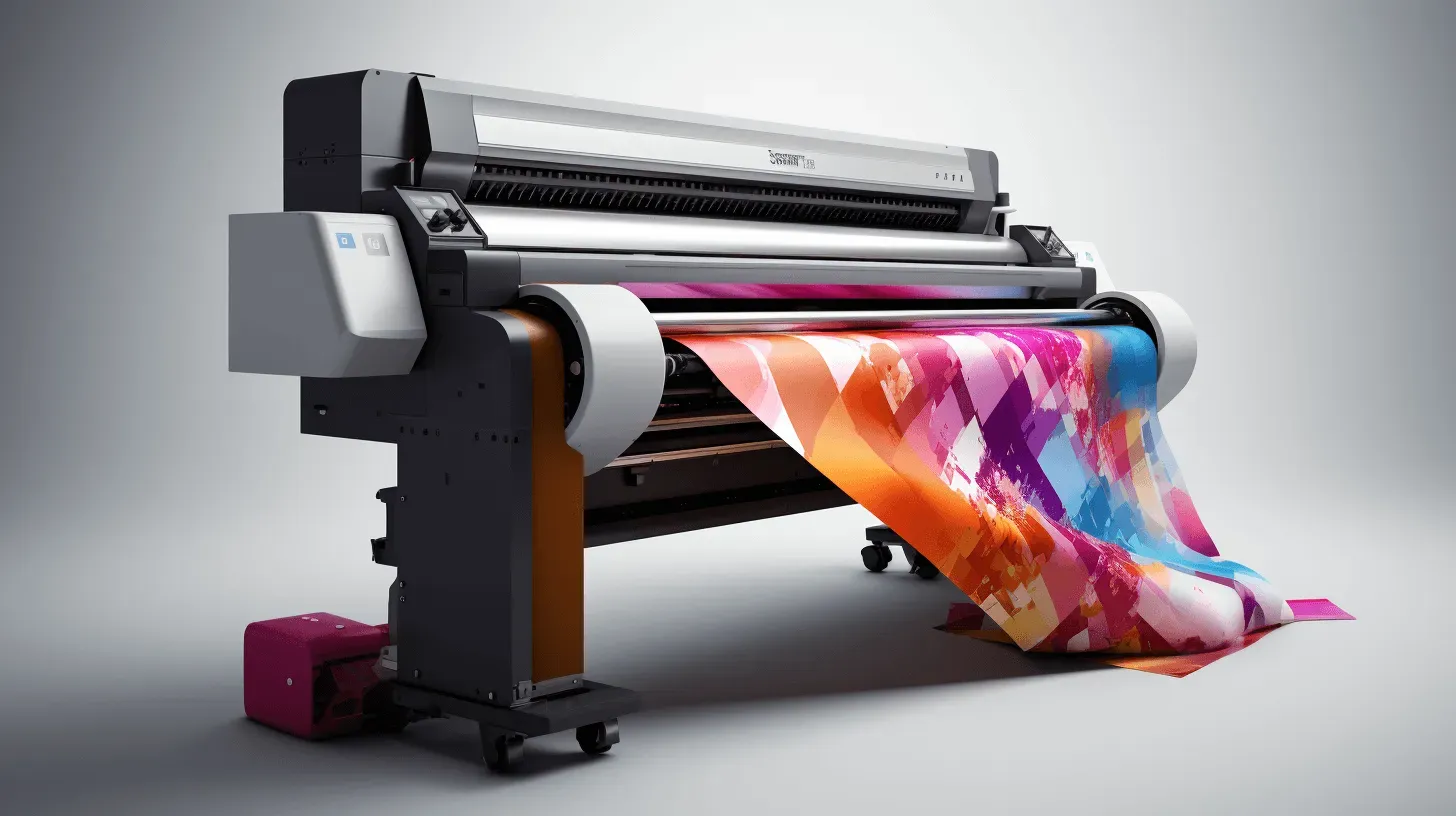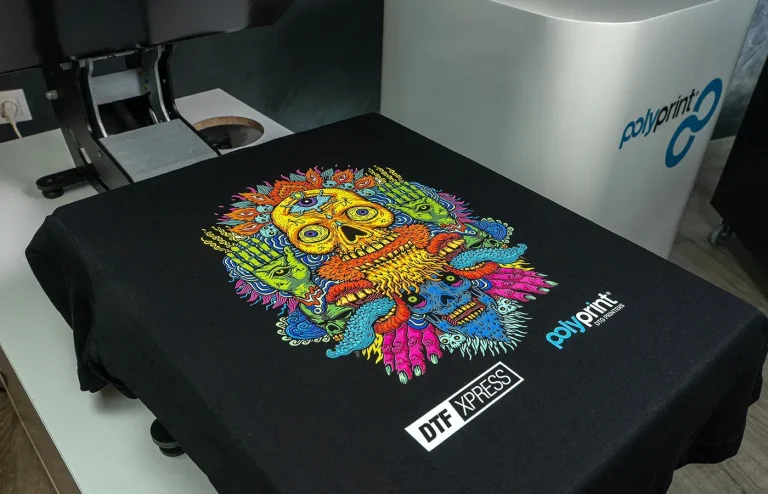DTF Printing Techniques: Master Stunning Print Results
DTF printing techniques are revolutionizing the way we create custom apparel and fabric designs, offering unmatched quality and versatility. This modern approach, known as Direct to Film (DTF) printing, utilizes specialized films and water-based inks to achieve vibrant, high-quality DTF prints that adhere seamlessly to various surfaces. As businesses and designers seek efficient and durable solutions for their printing needs, DTF transfer methods have emerged as a favored choice, blending ease of use with exceptional results. Mastering this innovative technique involves adhering to DTF printing best practices, which ensure each piece produced is of the highest standard. In a competitive marketplace, leveraging advanced DTF printing techniques is essential for staying ahead and delivering remarkable printed products.
Referred to by various names, including Direct to Film (DTF) printing, this technique is gaining traction in the custom printing industry for its ability to produce stunning imagery on fabrics. DTF transfer methods involve printing designs directly onto a film, which can then be easily transferred onto diverse material types. The process not only enhances the efficiency of print production but also allows for high-quality DTF prints that are both vibrant and long-lasting. Understanding the nuances of DTF printing best practices can significantly impact the durability and aesthetics of the final product, making it a go-to option for designers. Embracing these advanced printing capabilities opens up new opportunities for creativity and innovation in the world of custom apparel.
Understanding Direct to Film Printing Techniques
Direct to Film (DTF) printing techniques represent a dynamic shift in the realm of textile printing, allowing for an innovative approach to transferring designs onto fabrics. The core of DTF printing revolves around the combination of water-based inks, specialized films, and adhesive powders. This method is not only about applying ink to fabric; it’s about understanding the synergy between these components to achieve high-quality DTF prints that are both vivid and durable.
The beauty of DTF printing techniques lies in their versatility across different materials, from cotton to polyester blends. This adaptability provides a competitive edge for crafters and businesses as they cater to various audiences, ensuring that each printed item meets the expectation of quality and aesthetic appeal. By mastering these techniques, you can elevate your print work to a professional standard, essential in today’s marketplace.
The Importance of Quality Materials in DTF Printing
In the world of DTF printing, the quality of materials used cannot be overstated. Using high-quality DTF films and specially formulated inks is critical as they directly affect the vibrancy and longevity of the final print. The choice of materials contributes significantly to achieving clarity and detail in your designs, offering an edge over competitors who may neglect this crucial aspect. Additionally, opting for environmentally friendly, water-based inks ensures that your products not only look good but are also sustainable.
Moreover, selecting the right type of film for your DTF printing process can enhance print adhesion and overall durability. Inferior films may lead to issues like peeling or fading over time, undermining the value of your hard work. Investing in the best materials sets a foundation for quality, giving you the confidence to deliver products that reflect the care and professionalism behind your printing process.
Optimizing Printer Settings for Best Results
Achieving stunning print results in DTF printing heavily relies on the optimization of printer settings. Mishandling printer configurations can result in dull colors and poor resolution that fails to capture the intricacies of your design. It is recommended to operate at a minimum resolution of 720 DPI to ensure that your prints are crisp and vibrant, and this setting should be further tailored depending on the specific fabric or project requirements.
In addition to resolution, parameters such as ink density, temperature, and printing speed must also be thoughtfully calibrated. Experimenting with these variables will not only fine-tune your process but will also allow for testing the limits of your printer’s capabilities. Mastering your printer’s capabilities lays the groundwork for producing high-quality DTF prints that stand out in any application.
Essential Curing Processes for DTF Prints
The curing process is a pivotal step in the DTF printing journey that directly impacts print durability. Properly curing prints ensures that colors remain vibrant and that designs adhere securely to the fabric. The recommended curing temperature typically ranges from 160°C to 180°C, with careful consideration given to material types and thicknesses. Using a reliable heat press will allow you to achieve consistent results, which is essential for maintaining a professional standard across projects.
Incorrect curing can lead to several issues, such as peeling or fading prints, which can damage your brand reputation. Therefore, it is crucial to monitor curing times and adjust settings based on the feedback from previous projects. Mastery of the curing stage not only enhances print durability but ensures that the aesthetic qualities of your DTF prints remain intact, giving your work an edge in quality.
Application Techniques for DTF Transfers
The application of DTF transfers onto fabric introduces another layer of complexity in achieving the perfect print. It is paramount to apply the correct temperature and pressure during the pressing phase to ensure that the transfer adheres well to the fabric. Following the guidelines for pressing time—typically between 10 to 15 seconds at medium pressure—will enhance the quality of the transfer, leading to stunning results that last.
Beyond just following standard recommendations, fine-tuning your application techniques for specific fabric types also plays a crucial role. Different fabrics can respond variably to heat and pressure, and understanding these nuances allows for a more tailored approach. Mastering the application techniques not only elevates the quality of the final product but also empowers you as a designer to push creative boundaries.
Post-Processing: Ensuring Longevity of DTF Prints
Post-processing is often overlooked, yet it is a vital step in ensuring the longevity and aesthetic appeal of DTF prints. After the initial application, it’s essential to allow prints to cure fully before subjecting them to washing or additional stress. This waiting period is crucial for the adhesion to strengthen, reducing the likelihood of peeling or fading during the life of the clothing item.
Moreover, pre-treating fabrics can significantly enhance adhesion, especially for materials that are highly absorbent, like cotton. These extra steps may seem minor, but they are the difference between a short-lived product and a durable, high-quality DTF print that retains its vibrancy after multiple washes. Emphasizing post-processing care demonstrates attention to detail and commitment to quality, ensuring that customers receive products they can trust.
Frequently Asked Questions
What is DTF printing and how does it work?
DTF printing, or Direct to Film printing, is an innovative technique that entails printing designs onto a film with water-based inks, which are then transferred onto various substrates using a powder adhesive. This method provides high-quality DTF prints that maintain vibrancy and durability across a range of materials.
What are the best practices for achieving high-quality DTF prints?
To achieve high-quality DTF prints, it is essential to focus on several best practices. Use quality films and inks tailored for DTF printing, optimize printer settings (at least 720 DPI), ensure proper curing temperatures of 160°C to 180°C, apply prints with correct pressure and timing (around 10-15 seconds), and allow proper post-processing care to enhance durability.
How does DTF transfer methods compare to other printing techniques?
DTF transfer methods stand out due to their versatility and ease of use compared to traditional techniques like screen printing and direct to garment (DTG). DTF printing allows for exceptional color vibrancy and the ability to transfer designs onto a wide variety of fabrics, making it a preferred choice for custom apparel.
What printer settings should I use for effective DTF printing?
For effective DTF printing, it is vital to calibrate your printer settings correctly. Aim for a resolution of at least 720 DPI for crisp details, adjust the ink density to ensure vibrant colors, and experiment with temperature and speed settings to tailor your output for specific fabric types and transfer needs.
What is the importance of the curing process in DTF printing?
The curing process in DTF printing is crucial for ensuring the adhesion and longevity of the prints. Proper curing at temperatures between 160°C to 180°C prevents issues like peeling and fading. It is recommended to use consistent heat sources, such as a high-quality heat press, to achieve optimal results.
How can post-processing impact the durability of DTF prints?
Post-processing plays a significant role in enhancing the durability of DTF prints. After application, allowing the prints to cure fully before washing improves their resilience. Additionally, pre-treating fabrics, particularly those that are absorbent, can enhance print adhesion and ensure longer-lasting quality.
| Aspect | Description |
|---|---|
| Introduction to DTF Printing | DTF printing is becoming popular for custom apparel, utilizing water-based inks on specialized film for high-quality transfers. |
| Understanding DTF Printing | Involves printing designs on film, applying adhesive, and curing to create stable transfers suitable for various materials. |
| Key Techniques | Key techniques include: 1. Quality of Films and Inks 2. Printer Settings and Calibration 3. Curing Process 4. Application Techniques 5. Post-Processing Care |
| Quality of Films and Inks | High-quality DTF films and inks ensure proper adhesion, vibrant colors, and durability. |
| Printer Settings and Calibration | Optimizing settings like ink density and resolution (ideally 720 DPI+) is crucial for quality output. |
| Curing Process | Consistent curing at 160°C to 180°C prevents peels and fading, ensuring durability of prints. |
| Application Techniques | Using correct temperature and pressure during application is vital for quality; typically 10-15 seconds of medium pressure is recommended. |
| Post-Processing Care | Allow prints to cure fully before washing; pre-treat absorbent fabrics for better adhesion. |
| Recent Innovations | Emerging technologies focus on improving print quality and reducing costs, including high-speed printers and advanced curing methods. |
Summary
DTF printing techniques represent a transformative approach in the realm of custom printing. This innovative method not only accommodates vibrant and durable designs but also streamlines the entire printing process. By meticulously harnessing the quality of films and inks, adjusting critical printer settings, and adhering to precise application techniques, one can achieve exceptional results. The importance of post-processing and proper curing cannot be overstated, as they are integral to enhancing the durability and visual appeal of the prints. As the DTF technology continues to evolve, staying abreast of new developments will empower creators to push the boundaries of their designs, ensuring that their BTF printing techniques yield stunning, lasting impressions.






